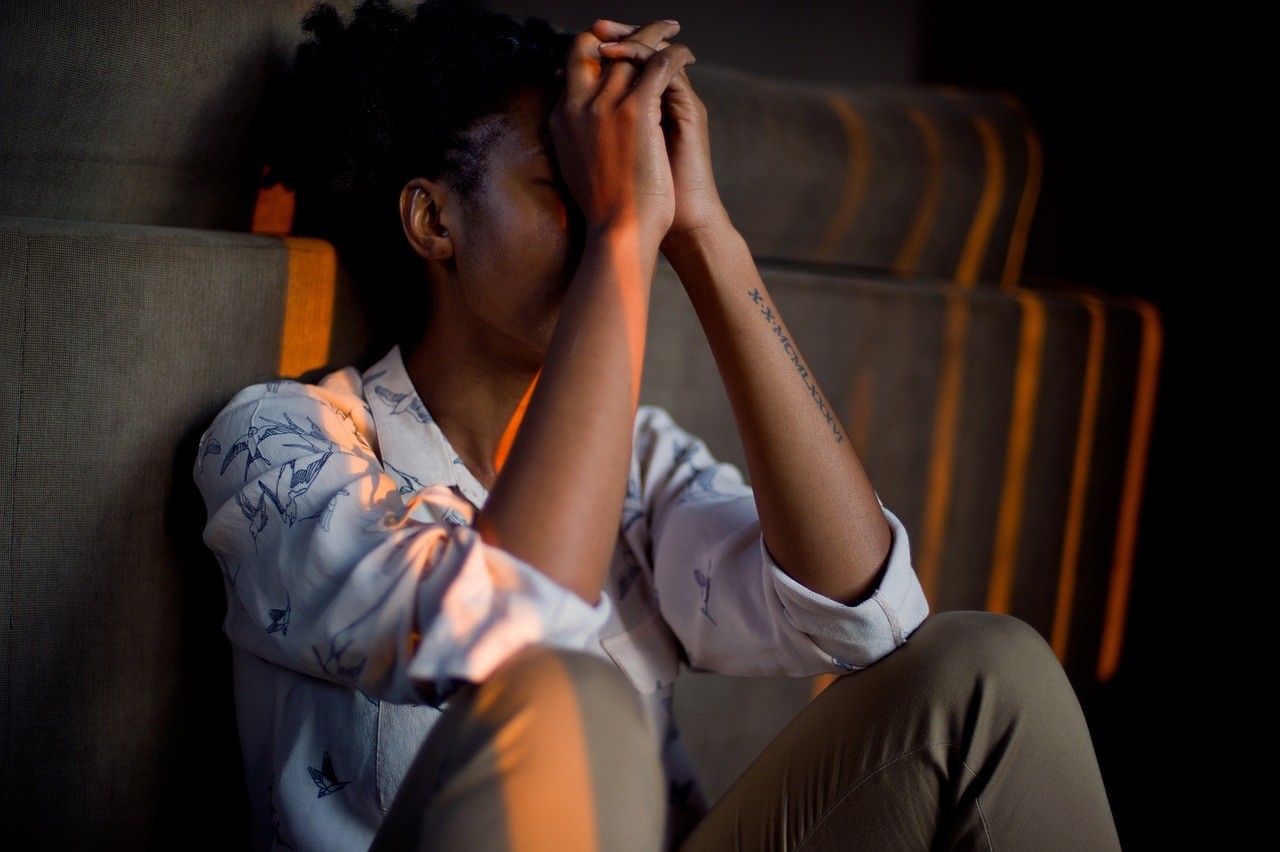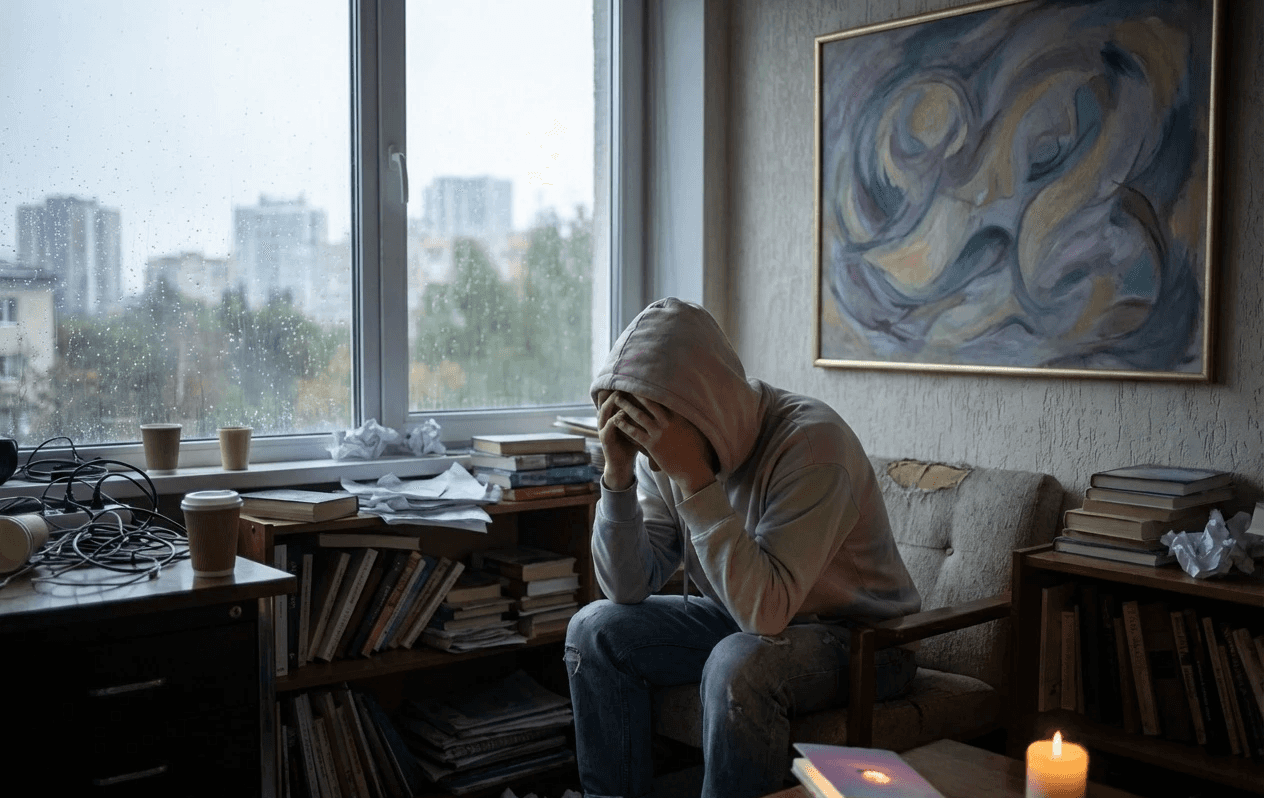Blog Details
Crying Alone: Is It Healthy or Harmful?
Challenging the Narrative of Crying as a Weakness

Sanghee Lim
Project Manager

Introduction
Challenging the Narrative of Crying as a Weakness
In a society that often equates emotional expression with vulnerability, crying—especially when done alone—is frequently misunderstood. The prevailing "stay strong" culture can lead individuals to suppress their tears, viewing them as signs of weakness rather than natural emotional responses.
Many young adults and professionals find themselves navigating complex emotions in solitude. Whether due to personal choice or societal pressures, crying alone has become a common yet private experience.
This article aims to assess whether crying alone is an act of strength or an indication of deeper issues, exploring its dual nature as both a potential emotional release and a sign of underlying problems.
By examining the psychological aspects of crying alone, we can better understand its role in emotional health and determine when it serves as a beneficial coping mechanism or a signal for further attention.
The Psychology of Crying Alone
Emotional Release: A Healthy Coping Mechanism
Crying serves as a natural way to process and release intense emotions. It can:
Alleviate Stress: Tears help flush out stress-related chemicals like cortisol, reducing overall stress levels. (verywellmind.com)
Enhance Mood: The act of crying releases endorphins and oxytocin, promoting a sense of well-being and calm. (verywellhealth.com)
Self-Soothing Mechanism
Crying alone can be a form of self-soothing, allowing individuals to:
Regulate Emotions: Activating the parasympathetic nervous system, crying helps the body return to a state of balance. (medicalnewstoday.com)
Process Feelings: Providing a private space to confront and understand personal emotions without external judgment.
Research Insights
Studies have highlighted several effects of crying on mental health:
Pain Relief: Emotional tears release endorphins, which can alleviate both physical and emotional pain. (healthline.com)
Social Bonding: While crying alone doesn't directly involve others, it can prepare individuals to seek support when needed. (greatergood.berkeley.edu)
When Crying Alone is Healthy
Emotional Intelligence: Recognizing Natural Emotional Processing
Understanding one's emotions and allowing oneself to cry can indicate high emotional intelligence. It shows:
Self-Awareness: Recognizing and accepting personal feelings.
Resilience: Using crying as a tool to navigate through emotional challenges.
Check out our blog post about Why Do I Feel This Way? Understanding Your Emotions
Indications of Strength
Crying alone can demonstrate:
Courage: Facing emotions head-on without avoidance.
Self-Reliance: Managing emotional health independently when appropriate.
Strategies for Healthy Crying
To ensure that crying remains a constructive coping mechanism:
Journaling: Writing about feelings can provide clarity and facilitate emotional processing.
Meditation: Practicing mindfulness can help regulate emotions and reduce the frequency of distressing thoughts.
Explore the benefits of tracking your emotions with Heso, an AI-powered stress relief digital journal. Download it on iOS to start your journey towards better emotional health today -> Heso | AI Stress Relief Digital Journal
Red Flags: Unhealthy Patterns
Emotional Isolation: Signs of Deeper Loneliness
While occasional solitary crying is normal, persistent patterns may indicate:
Social Withdrawal: Avoiding interactions and support from others.
Feelings of Hopelessness: Experiencing a pervasive sense of despair without seeking help.
Unprocessed Trauma
Frequent, intense crying episodes might suggest unresolved issues such as:
Past Trauma: Unaddressed experiences that continue to affect emotional well-being.
Depression: Persistent sadness and crying without an identifiable cause.
Warning Signs: When to Seek Help
Consider reaching out to a professional if:
Crying Becomes Overwhelming: Inability to control or understand the reasons behind the tears.
Daily Functioning is Affected: Difficulty performing routine tasks due to emotional distress.
Balancing Emotions: Practical Tips
Creating a Support Network
Building connections can provide emotional outlets:
Trusted Friends: Sharing feelings with close companions can offer relief and perspective.
Professional Support: Therapists or counselors can provide strategies to manage emotions effectively.
Check out how AI can help you provide emotional outlets: Healing Through AI Conversations
Practicing Mindfulness
Techniques to enhance emotional regulation include:
Deep Breathing Exercises: Calming the mind and reducing stress responses.
Mindful Meditation: Focusing on the present moment to alleviate anxiety.
Seeking Professional Help
If self-help strategies are insufficient:
Therapy: Engaging with a mental health professional can provide tailored coping mechanisms.
Support Groups: Connecting with others facing similar challenges can reduce feelings of isolation.
Social Perspectives and Cultural Norms
Cultural Attitudes: Influencing Personal Experiences
Societal views on crying vary:
Western Cultures: Often value emotional expression, making crying more acceptable.
Other Societies: May view crying as a sign of weakness, discouraging open emotional displays.
Changing the Narrative
Encouraging open discussions about emotions, especially in tech-driven environments, can:
Normalize Emotional Expression: Reducing stigma associated with crying.
Promote Mental Health Awareness: Highlighting the importance of addressing emotional well-being.
Conclusion
Crying alone can be both a healthy emotional release and a potential indicator of deeper issues. Recognizing the context and frequency is essential in determining its impact on well-being.
Embrace your emotions and seek balance. Allow yourself to cry when needed, but also reach out for support when it becomes overwhelming.
In a fast-paced world, being emotionally honest with oneself is a profound strength. Acknowledging and addressing our feelings paves the way for genuine inner peace and resilience.
By understanding the complexities of crying alone, individuals can navigate their emotional landscapes more effectively, fostering both personal growth and well-being.
Blog
Read More Blogs
Discover the Powerful Features That Make Mintro the Ultimate Finance Solution for Scaling Your Business









